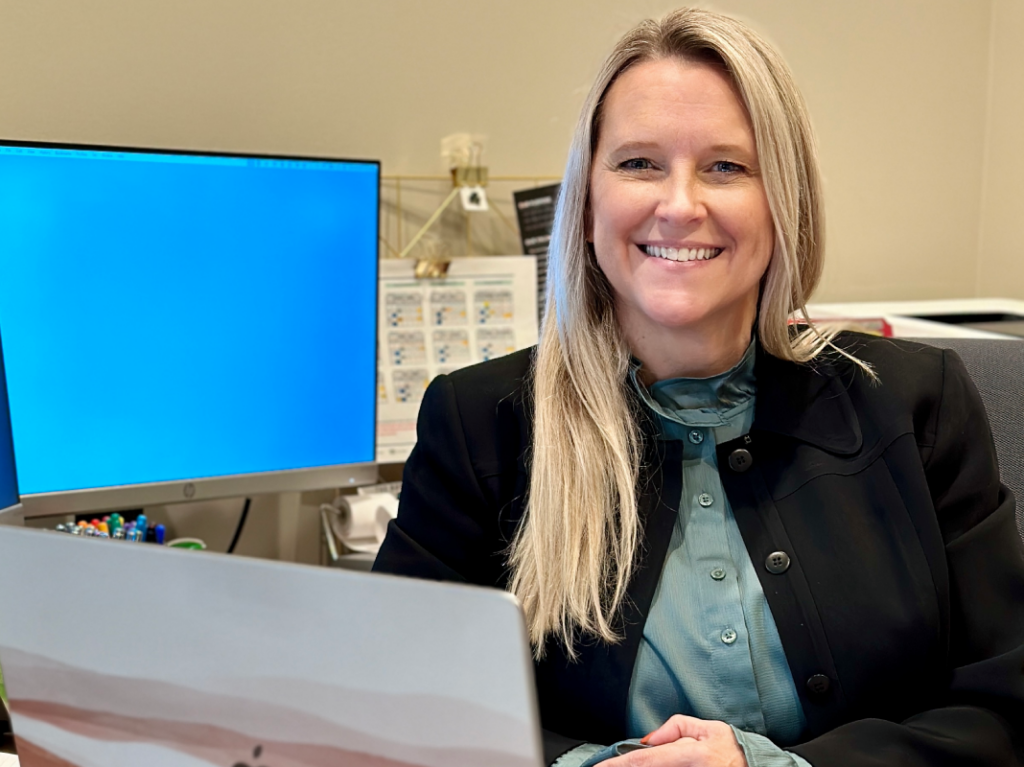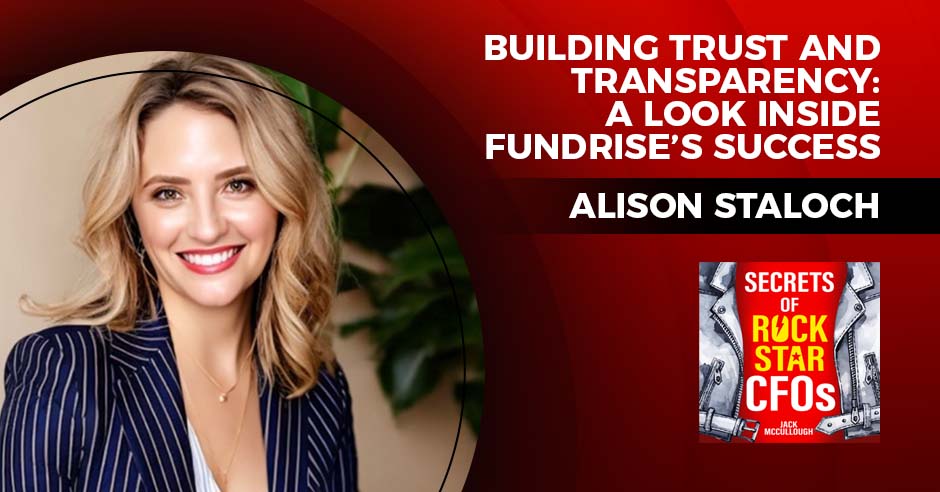 From a vacation beach chair in 1976, then-Citibank CEO John Reed penned a vision to innovate the retail banking business model. His “Memo from the Beach” was a handwritten manifesto to replace a deposits and loans business with one based on customer experience, driven by customer insight. The memo, which went from words on paper to trigger the reinvention of retail banking, continues to circulate today among Citi alumni and is part of the Company’s historical record.
From a vacation beach chair in 1976, then-Citibank CEO John Reed penned a vision to innovate the retail banking business model. His “Memo from the Beach” was a handwritten manifesto to replace a deposits and loans business with one based on customer experience, driven by customer insight. The memo, which went from words on paper to trigger the reinvention of retail banking, continues to circulate today among Citi alumni and is part of the Company’s historical record.
A Citibanker on Reed’s team at the time recalls, “Here was a guy who was young but senior. He went to his boss and said, ‘I’ve got a great idea. I am going to take a machine and stuff $50,000 into it and leave it in the lobby of a bank branch. Over the weekend after we go home people can come and go and take money out as they please.”
The guys on executive row must have thought Reed’s vision was crazy. But he persisted and moved Citi to disrupt the well-established model of Monday through Friday, 9 A.M. to 3 P.M. branch banking. In so doing, he defined the business model parameters for what is now a given—a 24/7 banking experience where people bank when, where, and how they prefer. Fast forward to now. Mobile devices, artificial intelligence, voice recognition and other emerging capabilities continue to expand what “anytime, anyplace” means, advancing the vision seeded over forty years ago.
Business model innovation is arguably the strongest and most challenging type of innovation to achieve. This is not surprising, as it can easily challenge how the business operates, how it creates value, what talent, capabilities and infrastructure are required to deliver – and as a result it can be highly defensible, unlike product innovations which is subject to quick imitation. What makes it such a complex pursuit is also why it can be so durable — and is therefore worthy of attention and commitment.
Reed’s vision would not have become real without a viable business model. And the business model would not have emerged without:
• paying close attention to customers’ usage – their priorities and expectations to engage
• having the discipline to conduct in-market experiments generating data to validate and refine customer behavior assumptions,
• defining and implementing mechanisms to gather and translate test findings into decisions and actions, and
• visible leadership, encouraging organization-wide ability to execute massive transformation – to create at scale the business that produced the modeled results.
The support of the CFO and their c-suite peers is essential to getting traction in at least four ways:
• Challenging each other and the organization to clarify the business’s purpose. In Citi’s case this meant seeing value in understanding and meeting customer needs, not simply in pushing the financial products that happened to be on the shelf.
• Connecting what is technologically possible – although perhaps not yet fully obvious — to enabling answers to customers’ real needs as derived from continuous observation, active listening and learning from their behavior.
• Breaking orthodoxies, includes those of the Finance function, inside what may be a proud, well-established organization, especially around operational norms and the accepted wisdom regarding what drives financial performance and risk.
• Imagining the potential value and competitive advantage in a new way of doing business.
A complete front-to-back view
A new business model is like a living, evolving ecosystem, defining everything from having the strategy for serving a market, to executing plans, achieving results and constantly learning from and acting upon new data and insights.
Use the six questions below to establish the path towards business model innovation opportunity. Defining the winning path goes well beyond a spreadsheet exercise. It requires developing an immersive understanding of how target customers view the offering, how they behave with prototypes or in a live beta test versus what the team may have assumed, or what you can learn from their usage of competitor products or even products in adjacent categories. Any of these sources can be used to formulate back-of-the-envelope hypotheses.
Unknowns and rough guesstimates are priorities for learning in iterative experiments. Don’t ascribe more precision than is reasonable to early-stage assumptions or preliminary findings. Doing so can derail a potentially worthy business model innovation.
Six framing questions
1. How does the company plan to make a significant difference for the customers it serves? What customer insight has been gathered to support this belief? How is this reflected in the company’s purpose?
2. What is the size of the market? How many users and buyers are there?
3. What trends stand out as important, and how can their evolution shape current hypotheses?
4. How do sources of revenue connect to the brand’s key point of difference for customers?
5. Is the talent in place, resourced and empowered to execute the test-and-learn process, deliver the strategy, manage the business-model levers, and sustain the key point of difference?
6. How do plans translate into financial statements, organization design, policies, processes, and infrastructure?
People, not numbers, make a business model
Can an established enterprise incubate and launch new business models? That depends upon whether these conditions are in place:
• Sponsorship. An engaged and visible leader with authority ensures employees, vendors and partners with alternative views are not treated like antibodies and repelled.
• Culture. A collaborative, listening environment exists, where people are curious to explore and try ideas that they haven’t yet.
• Diversity. A diverse team working in a shared environment will get further faster, including outsiders who see possibilities sector or company insiders.
The business model takes market findings and assumptions a big step forward by translating prototype results, bets, and trend outlooks into what they mean to every aspect of implementation and financial assumptions. The CFO is well positioned to be an active voice to imagine the potential of business model innovation, inspire and empower employees in its pursuit, and sustain iterative, ongoing efforts to advance this important driver of value creation.








